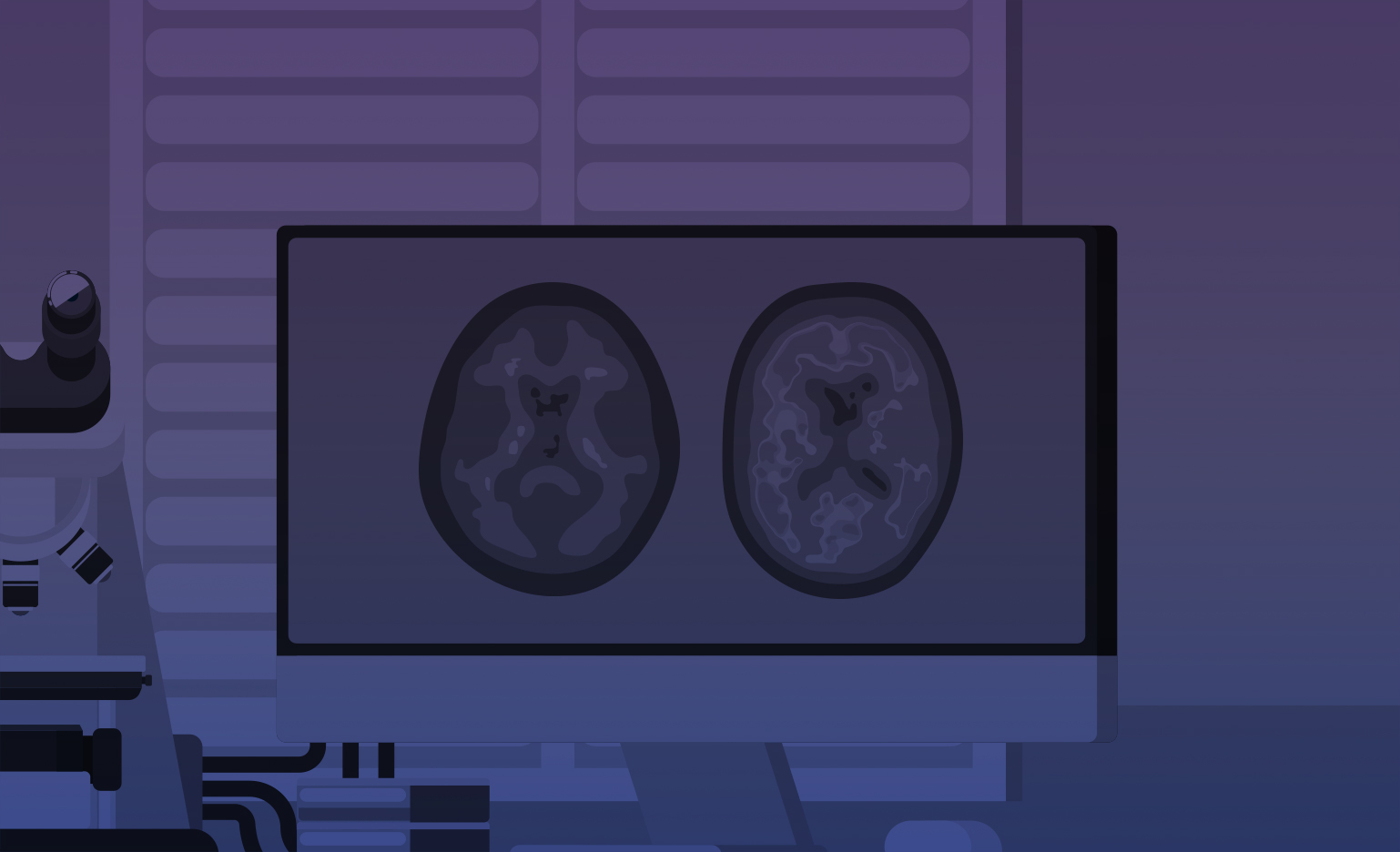Sheba Medical Center
Sheba Medical Center
NOVEL VIRTUAL REALITY METHOD TO DISTINGUISH APATHY FROM DEPRESSION IN THE CONTEXT OF DEMENTIA
About 80% of the persons with dementia suffer from apathy. They perform less activities, lose interest in their surroundings, and hardly express emotions. They do less, think less and feel less. Even people without dementia can have apathy. People with apathy, with or without dementia, function poorly in their daily activities. Cognitively normal individuals who are apathetic, are more likely to develop dementia. Caregivers of patients with apathy experience increased burden. Despite the important implications of apathy, its diagnosis and treatment are challenging. Often apathy is confused with depression, leading physicians to prescribe anti-depressant drugs, thus exposing patients to unnecessary side effects. The tools currently used for diagnosis of apathy are based on conversation with the patient and/or the caregiver. However, the efficacy of these tools is limited; patients are often unaware of their condition, and their caregivers are biased. Evaluation by a clinician in the clinic is not optimal since, under these circumstances, patients are not exposed to real-life conditions. We thus need, to develop an objective measurement tool. We assume that using virtual reality (VR) - will have advantages, since this tool mimics real-life conditions. Participants will be walking in a virtual park environment and will look at virtual billboards with pictures that, in people without apathy, are expected to arouse an emotional response (for example pictures of their grandchildren). For comparison they will also be exposed to unpleasant or neural pictures. Instead of asking them about their feelings, we will measure their heart beat and skin moisture that objectively reflect emotional excitement. Following their eye movements will enable to understand which type of pictures attracts their attention and curiosity. This method will lead us to develop a reliable tool to diagnose apathy, and not mistaken it with depression.

